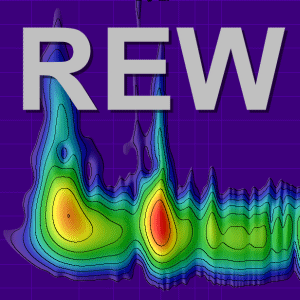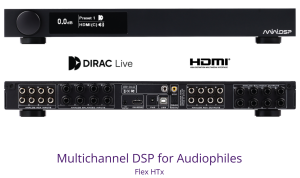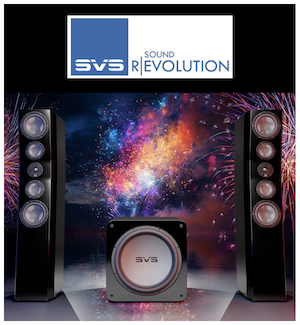robbnj
Member
Thread Starter
- Joined
- Oct 24, 2022
- Posts
- 54
More
- Preamp, Processor or Receiver
- Denon
- Main Amp
- B&O icePower
- DAC
- Denon
- Computer Audio
- JRiver
I'll open with: Yes, I know that EQ'ing mains is a suboptimal way to improve things, but this is just an office system that I am tinkering with, and want to play/learn/enjoy.
I'll also add that I did a solid search for this topic with multiple keywords, and didn't find any threads on it. If it's been hashed over a hundred times, pls. let me know, and I'll go to those threads!
Some of you may recall my previous work with these speakers from another thread.
So, I want to do some EQ'ing on my main speakers with a DSP. They sound good, but not quite right. The "problem" is that I can't just arbitrarily move some EQ sliders until I get what I want. I am manually entering the parameters into a programmer, dumping it on the DSP, rebooting, ete, etc, before I can listen to the changes.
It's very tedious, and a quick A/B comparison is marvelous fun (going to try convolution this weekend, when I can be noisy in the house).
The second hitch is that I know the speakers sound pretty good, yet don't sound quite "right", but I'm not able to say "It sounds flat in the range of 1,500 Hz" or "It's running hot at 3.4KHz".
So, I'm hoping to use REW to identify what might be problem areas, and get a more educated running start on builing filters.
I tried making a few EQ curves, but now REW seems to ignore the range above 1,500Hz, even though I select full-size speaker, 60Hz cutoff, and the range of 20Hz-15Kz . It even does it when I change the range to 1KHz-15KHz. It has worked in the past for me, but I must have mucked soemthing up. I even see it build filters above 1.5KHz, then erase them.
There has to be something basic that I am totally missing, but I can't see what I can't see, I guess.
Can anyone see my error/s?
And, can anyone who is looking at the graph tell me what I might be perceiving as "not right" with the sound?



I'll also add that I did a solid search for this topic with multiple keywords, and didn't find any threads on it. If it's been hashed over a hundred times, pls. let me know, and I'll go to those threads!
Some of you may recall my previous work with these speakers from another thread.
So, I want to do some EQ'ing on my main speakers with a DSP. They sound good, but not quite right. The "problem" is that I can't just arbitrarily move some EQ sliders until I get what I want. I am manually entering the parameters into a programmer, dumping it on the DSP, rebooting, ete, etc, before I can listen to the changes.
It's very tedious, and a quick A/B comparison is marvelous fun (going to try convolution this weekend, when I can be noisy in the house).
The second hitch is that I know the speakers sound pretty good, yet don't sound quite "right", but I'm not able to say "It sounds flat in the range of 1,500 Hz" or "It's running hot at 3.4KHz".
So, I'm hoping to use REW to identify what might be problem areas, and get a more educated running start on builing filters.
I tried making a few EQ curves, but now REW seems to ignore the range above 1,500Hz, even though I select full-size speaker, 60Hz cutoff, and the range of 20Hz-15Kz . It even does it when I change the range to 1KHz-15KHz. It has worked in the past for me, but I must have mucked soemthing up. I even see it build filters above 1.5KHz, then erase them.
There has to be something basic that I am totally missing, but I can't see what I can't see, I guess.
Can anyone see my error/s?
And, can anyone who is looking at the graph tell me what I might be perceiving as "not right" with the sound?














